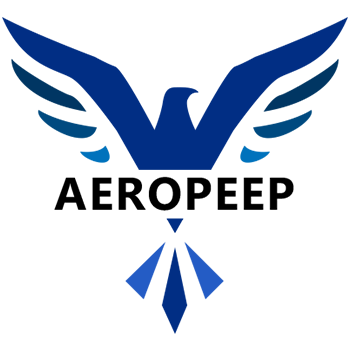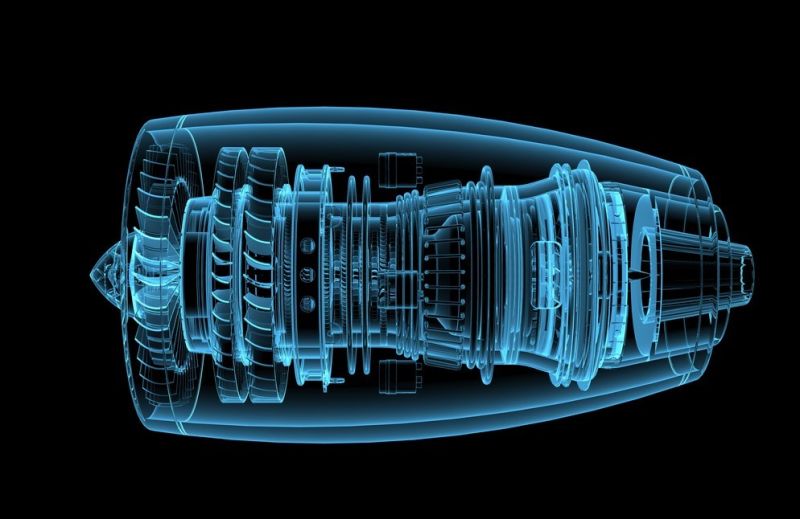
✔First thing Airframers like ‘Airbus’ & ‘Boeing’ do to their ‘aircraft design plan’ is to involve a ‘Propulsion system maker’ like GE, Rolls-Royace, P&W or others.
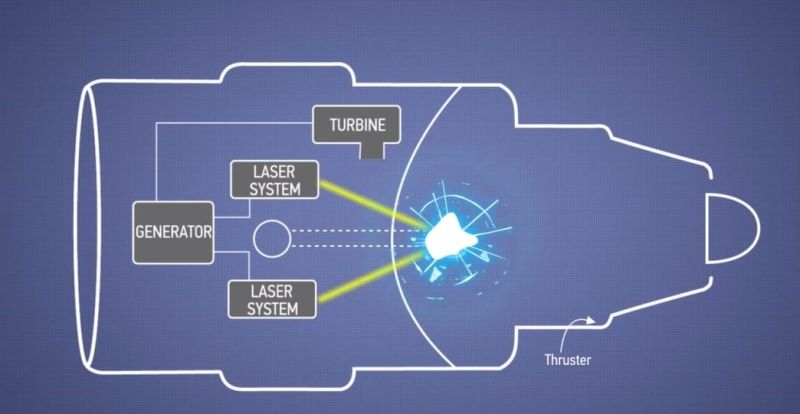
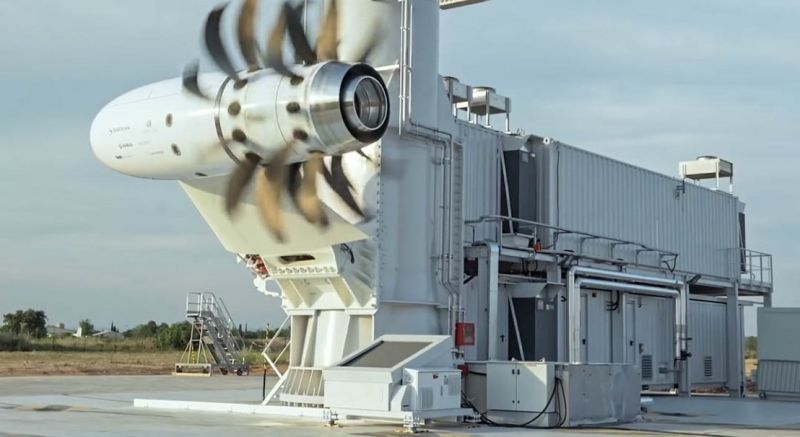
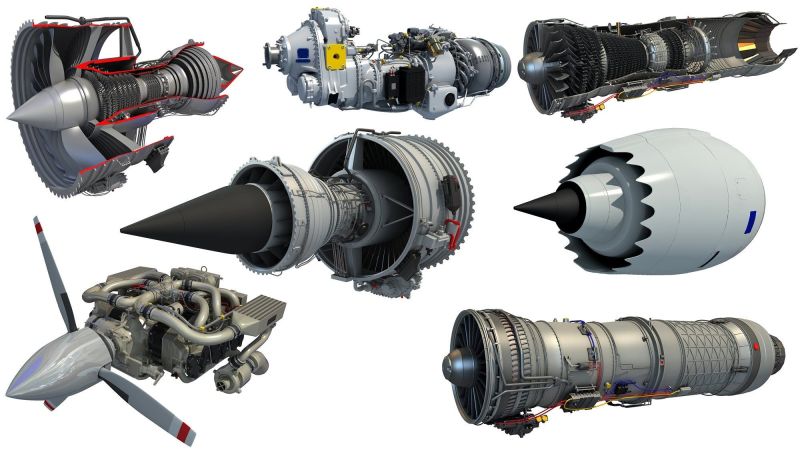
✔Sometimes this chemistry between Airframer & Engine maker does not work.
✔Last week, we witnessed Rolls-Royace freezing it’s ambitious ‘UltraFan’ Project despite deep financial back up, much hype & cutting edge technology involved to it.
✔The Factors that really affect a commercial aircraft engine concept design are:
✔Business Case Of Engine.
👉Developement Cost.
👉Manufacturing cost.
✔Revenue source for Engine.
👉Engine Unit sale.
👉Sales Volume/Market demand.
👉Spare parts/Supply chain.
✔Aircraft specific Requirement.
👉Passengers capacity.
👉Cruise speed & Insertion altitude.
👉Balanced field length.
👉Power & bleed air-off takes (usage).
✔Customer Interest value.
👉Revenue Generation.
👉Payload Offer.
👉Range definition.
✔Cost of Ownership.
👉Price of engine.
👉Fuel Burn (efficiency).
👉Maintenance cost.
✔Regulatory Requirement.
👉Safety.
👉Noise.
👉Emissions.
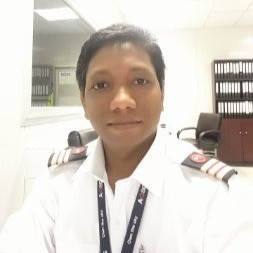
Author – Tanmay Palei
Sr. Aircraft Structure Engineer
